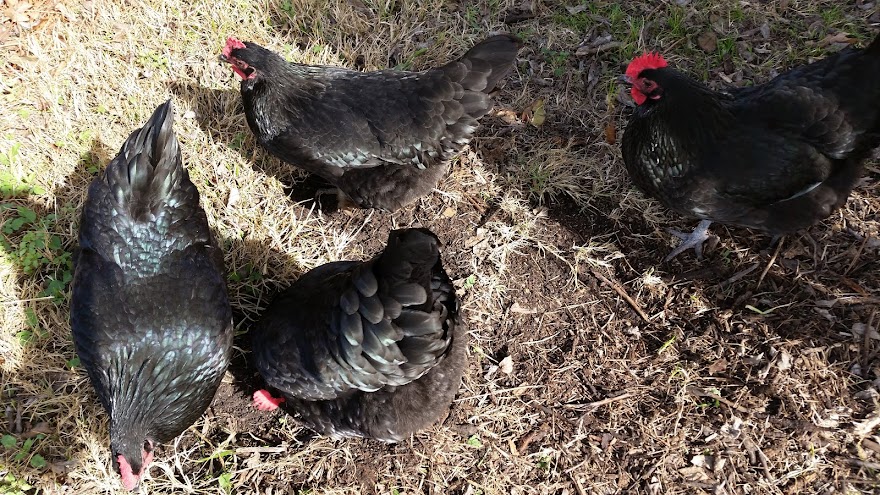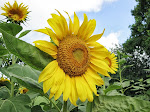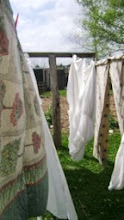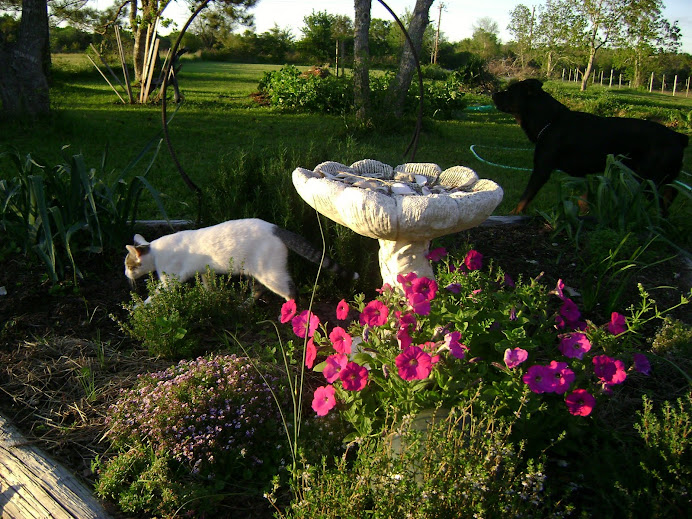I often think on our Native Americans and all the uses they had for different types of gourds. Gourds date back centuries throughout the world. Most of them require warm and even tropical growing conditions from countries such as Africa, South American, Asia and India just to name a few. So how did so many types arrive in North America for the Indians to use?
I recently discovered some interesting facts about gourds. It is said that a gourd such as the bottle neck can actually float for up to two years in the ocean without damaging the seeds. I’ve seen photos since I was a young girl of the Native Americans using gourds for everything from spoons, containers, bowls and various vessels.
The Loofah Gourd (Luffa, spp.) is said to have originated from Asia or India. Being only familiar with the sponges as a bath and beauty product for exfoliating the skin, I am only now beginning to discover for myself all the uses and possibilities of this sponge gourd.
The sponge is basically the fibrous material found inside the fruit of the gourd once it is dried. The fibers seem to be tightly woven, strong and very sturdy. What I found even more interesting is how naturally soft they feel when I squeeze them. This makes them great for use in the kitchen as non abrasive scouring pads when cleaning.
I also see vast possibilities using the Loofah in some interesting and useful craft projects. Possibly even as a tool for straining and filtering things from water to oils. Only time shall tell as I continue my discoveries of such a natural and eco-friendly resource as it continue to grow it in the garden.
Growing Requirements
The Loofah requires a long growing season to reach maturity. They can take anywhere from 120 to 180 days to become ripe and begin to dry. One vine alone can produce up to a dozen sponges. My first and longest fruit measured in at 16 inches long, but it is said they can reach up to 24 inches in length and 3 1/2 inches in diameter.
The gourds are very heavy when growing, so require a sturdy trellis. I grew mine just as I would my cucumbers.They loved our sandy soil that is rich in organic and composted matter. Be sure to plan on growing them where they will not touch the ground. This can cause them to become moldy and begin to rot.
Harvesting
Once they begin to dry however you notice them becoming much lighter when lifting. The outer shell begins to turn yellow as it ripens. In many climates they will dry just fine right on the vine as the skin turns brown. But I must warn in highly humid climates such as ours they can begin to turn moldy, so they should not be left outdoors in wet conditions.
Saving Seeds
Each loofah sponge contained a mountain of seeds. One thing good for seed savers to know is that the loofah will not cross pollinate with other species in the Cucurbitaceae family, such as pumpkins, cucumbers, melons and squash. But after some investigation I discovered that there are at least four different varieties of Loofah and they will cross pollinate within themselves.
Cleaning
After the Loofah is completely dried the papery shell is quite easily peeled off to reveal the sponge inside. While most commercial growers soak the sponges in a chlorine bleach solution to turn them whiter and kill any bacteria, I haven’t found it to be necessary when dried properly. If I were to soak them, I would suggest using a mild herbal vinegar solution which is much more appealing. Many herbs have natural anti bacteria properties as does vinegar and citrus peels.
Happy Gardening!
Pammy













.jpg)















No comments:
Post a Comment